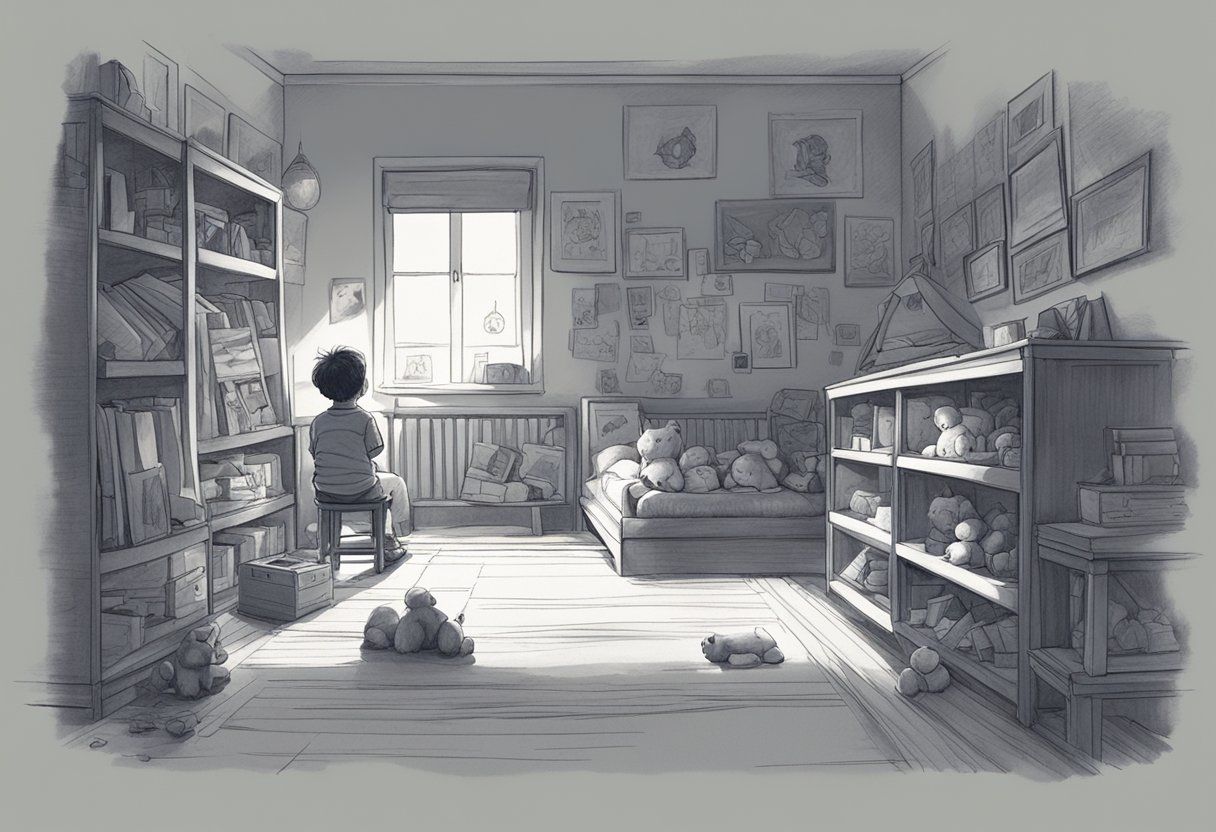BLOG
Categories
9 Tips for Creating a Trauma Responsive Classroom
The following report was written to assist school districts in the educational planning for children with past histories of trauma specifically adopted children.
It contains background information and specific recommendations that are based on my clinical knowledge of stress, trauma and its subsequent impact on the developing brain of the adopted child. This report is intended to assist school district staff in the creation of an effective educational environment by providing a concise understanding of a child’s psycho-emotional susceptibilities as well as recommendations that are routinely implemented in numerous schools to help create a rewarding educational experience for both the child and the teacher.
Early Exposure to Trauma
Adoption is trauma. The early in utero experience combined with the separation from the biological mother at birth creates an indelible imprint on the brain and cellular experience of the adopted child that in most instances will plague the child for a lifetime. Exposure to traumatic experiences during early development, specifically from conception to age three, exposes the developing neurophysiologic system to what can be termed as arrested emotional development. The environment of calm and consistent interaction between parent and child, necessary for successful development of the brain/body tools associated with emotional growth and regulation, is absent. This absence creates a state of chronic stress without soothing. The developing child continuously experiences stress during a critical period of growth when he should be experiencing calm regulated interaction. The outcome is a brain system poorly equipped for tolerating and managing stressful environments.
Exposure to abnormal stress results in the emotional state of fear. The brain and body reacts to stress inwardly, but this correlates cognitively into fear, hence the fight, flight, or freeze response. The specific receptor in the limbic system equipped for responding to threats is the amygdala. This area of the brain reacts to all manner of threat automatically. For example, when stress occurs, the child becomes scared immediately.
This is an amygdala reaction. However, the hypothalamus, whose responsibility is to regulate the release of oxytocin, the brains “anti-stress” hormone is the area of the limbic system responsible for determining how threatening a stressful event is, acting as the fear regulator, by releasing oxytocin. The problem is that the oxytocin response is a learned response and early trauma experience dampens this response thereby rendering the mechanism for helping the child to calm down as inadequate.
Ultimately this leads to an amygdala that constantly signals danger, and a hippocampus that is so poorly developed that it is unable to determine how dangerous a situation or interaction may be. As a result, there is an escalation of stress and fear without rational processing available to reduce it. In the words of reputed neuropsychiatrist Bruce Perry, “You have a child that has had an amygdala hijacking.” The amygdala reacts to stress and prompts fear in an uncontrollable manner, and the child is essentially held hostage to his or her own neurophysiology. In fact, research demonstrates that chronic levels of stress will damage the hippocampus, causing an actual reduction in neural dendrites.
As the child continues to grow, his emotional system remains under arrest. This continues until an environment conducive to constant regulation has been provided. Once such an environment is provided, a slow tedious process of reparative stress interaction can begin. In a highly regulated environment, the developing system can experience emotional regulation and develop new self-regulatory neuropathways. However, stressful interactions will rapidly send this highly sensitive system back into old patterns of chronic intensified fear triggered from the stress reaction, analogous to what may happen to an inmate released from jail on probation who is successful under constant supervision and positive interaction, but without supervision is quickly drawn into the wrong crowd, and before long is back in jail. When a child continues to require enhanced supervision beyond three years it becomes increasingly difficult for parents and eventually teachers and peers, to respond positively. As a result, the arrested neural development is maintained, and the child is not provided the necessary regulated environment to overcome the early and powerful effects of trauma (stress) exposure.
School Time Challenges
In developmental terms, three age states are defined for children: 1) chronological age, 2) cognitive age, and 3) emotional age. Most children who reach the chronological age to start school show comparable cognitive and emotional ages. For children with emotional arrested development the emotional age is much younger. In this case, when experiencing low stress and positive interactions, this same child is bright, articulate and engaging. He functions well and his behavior is consistent with his chronological age. However, while the child is eight chronologically and of school age, when under stress he can quickly revert to the emotional age of a two-year old, exhibiting many of the same behaviors. Due to an early traumatic (stress) environment relating to adoption, family illness, multiple household moves and caregivers, or any number of traumatic events, this child’s emotional ability is not consistent with the appropriately functioning age of the school-ready child. Typical characteristics of the school environment are easily misperceived by the child’s developing system and induce stress. The constant state of stress correlates into fear, which surfaces as hyperactivity, defiance, anger, poor peer relations, and so on. In such an environment, a child with a cognitive age of eight is interacting from an emotional perspective consistent with an 18 to 36 month old child. Thus his behavior will be dependent on the environment in which he is nurtured and guided in his development.
Over time, without appropriate support, a lack of ability to feel calm within the school environment will begin to take its toll on all involved, parents, teachers, and peers, but most of all the student. The thought of school itself becomes a stress-provoking event.
The child recognizes his own failures, his parents are stressed about receiving calls and negative reports, the teachers are frustrated with this immature child, and peers have begun bullying the child because he responds in highly inappropriate ways to what is considered typical childhood jollying, or other children are the recipient of the child-turned-bully due to his constant fear of threat from others. However, the child is responding to fear exactly the way a child of his emotional age would, with extreme ranges of sadness, anger, and threatening behavior. In the classroom, the perceived threatening environment will cause the child to hunker down in fear, become violent or highly oppositional, and completely resistant to doing, or following through with any manner of request.
Working as a Team for Development
For success, the school and parents must come face to face to work together as a team. In my work with students that present such an overwhelming discrepancy between emotional and cognitive age, a number of changes must be initiated.
First, it must be stated up front that education is the primary motive of the educational system, and is highly applicable to cognitive ability rather than emotional growth. Emotional learning must initiate within the family system as the family is the center of educational and emotional development. However, emotional learning can be greatly supported and enhanced by the school. With proper support and encouragement from the family and teacher, the student will be better prepared to receive the expertise offered from the educational system.
The specific recommendations below for such a child have been established to assist him in receiving the most appropriate environment conducive to emotional development within his current capability. It must be recognized that without sufficient support to aid in his development of emotional regulatory ability, most school experience will be negative.
Awareness. Perhaps the most beneficial factor that will assist this child in learning is teacher awareness. It is imperative for his teacher to be consciously aware of his emotional state at all times, and provide a calming influence. This would include the teacher making a conscious and consistent effort to warmly greet the child each morning, and to assess his emotional state. This can be enhanced by having the parent give a brief nod as to whether it has been a morning of anxiety or relatively regulated. From this point the teacher will be better able to determine the needs of the child and perhaps the flexibility that might be required that day. In this same manner, if the child is proving to have a difficult morning it is important for the teacher charged with his care to be proactive in creating a less threatening environment for him. This might be achieved by taking a few minutes for special time together at key points during the day, particularly during transitions, at the beginning of recess, walking with him to lunch, or making the recess monitor aware of his sensitive state.
Containment. It is important to recognize that any manner of stimulus can be deemed a threat by this child at any time. In an effort to create an effective environment for him, the concept of containment is most appropriate. Containment refers to the need to keep the child in a space of more direct proximity to the teacher than what might be needed for other students. Examples include sitting at the front of the class as opposed to the back, sitting near the teacher, eating lunch closer to the teacher’s table, or playing within a certain vicinity on the playground.
Structure/Routine. School is oftentimes associated with consistency and structure, however the need for this is amplified when considering a child with a trauma history. Any change in structure will create a defiant reaction in the child toward the request. This child in particular is noted for having difficulty in making transitions that are considered relatively mild to others. It would be appropriate for the teacher to notify the parent, when at all possible, if there will be a substitute teacher, or a change in routine.
Time-In. During times that the student appears to be moving into a state of dysregulation that cannot be interrupted through a simple request or redirection, it is recommended that the teacher invoke a “time-in.” Different from a time-out, utilizing the time-in technique recognizes that the child is not intentionally acting out, but rather has gone outside of his ability to control his own behavior. This might be most effective by having the student spend five minutes in positive rather than punitive connection with the teacher outside of the classroom while the principal maintains the room for a brief period of time. This technique has proven over time to be one of the most effective.
Mentoring. When at all possible it is highly recommended that at least one member of the school outside of the teacher/student relationship, be prompted to develop an aside relationship with the child. The individual might make an effort to greet him in the mornings, and again in the afternoon. Also this individual could become a regulatory figure for the child during times that he is struggling in the classroom. In this manner he could be sent to see this individual for a brief period of positive connection so the teacher can remain in the classroom.
Phone Calls. It will be a very beneficial practice to allow the child to make a mid-morning or mid-afternoon phone call to his mother for a period of time as he adjusts to the new environment. It is also recommended that parents call during the day to talk with their child during the transition period. This practice can be extremely settling to an anxious child and can allow for an increase in the resonation of soothing when the parent is absent.
Physical Contact. During times that the child seems to be getting unnerved, it can be very beneficial for the primary teacher to give him a pat on the shoulder, a hug, or a rub on the back Any physical touch communicating warmth and affection can be unconsciously soothing for the child thereby creating a restoration of regulation and calm.
Modified School Schedule. In some cases a child is unable to participate in some classes because of the over stimulation which occurs. Such classes are those that require specific skills or have a major focus on group activities with lessened adult support and presence. Examples may include art, music, physical education, and recess. Special care should be taken to observe the child for a period of time to determine his capacities to handle such
activities both during and after the end of the period. A modified school schedule can assist the child in receiving the highest level of educational exposure within his range of emotional tolerance. A modified schedule will keep stressors at a minimum hence providing this student the opportunity to utilize his demonstrated cognitive skills.
Reduced Peer-Interaction. Last of all, a reduction in peer interaction for this child may perhaps prove to be the most beneficial modification for his developmental improvement. Being relieved of an environment in which emotional bullying can be at its worst will allow this child to function in the least restrictive environment, without stress stemming from emotions of fear, shame, and anger. Again, this will be an area where monitoring is required for a period of time to determine how much the student can tolerate both during and following the time of the event. In this manner, the teacher can monitor the effects of the activity after the student has returned to the classroom.
Techniques Not Effective for Such Children
It is highly important to emphasize that some techniques often used with other children are not effective, and in fact are detrimental, for children of trauma. Such techniques are referred to as behavior modification, the most commonly used form of behavior control generally utilized within the classroom. Techniques such as point charts, star charts, carding, and “behavioral consequences” will, in a very short period of time, alienate the student from the teacher and lead to frustration, and a very disgruntled relationship. This child requires an understanding and awareness of his psycho-emotional state that will permit maximum flexibility in relating to him. Behavior modification only works to modify behavior. It does nothing to address the emotional or physiologic state of stress in a proactive and responsible manner. In an effort to not alienate the child from others in the classroom if such charts are used, the charts can be maintained, but it is critical that maximum flexibility be permitted for this child in the assignment of negative marks for his behavior. Negative behavior is a key sign of a stressed-out and frightened child rather than a disrespectful child. In this regard, the previous recommendations will be very therapeutic for assisting this student to have a positive school experience.
In Summary
Though it may appear to the untrained eye that such changes may further jeopardize the educational growth of this student, this assumption is not in keeping with his need for a developmentally appropriate learning environment. Modification to this child’s current educational exposure will assist greatly in his ability to develop the necessary skills that demonstrate his cognitive ability, something not possible when placed in emotionally stressful situations. As this child experiences some success in the least restrictive environment created for maintaining emotional regulation, he can function without the constant interference of stress overload. In short, as the time between highly stressful events becomes longer, his brain will be allotted an opportunity to develop. This aspect of development within the limbic system is responsible for ultimate stress regulation and the use of his cognitive ability. Determining such progress can be assessed through much the same means as with other children, over time and incrementally. Such measures would consist of constant reporting by those directly involved in the student’s activities, the completion of required educational tasks, and occasional comparison testing using unstructured tasks such as handwriting.
It would not be infeasible to see this child respond positively and improve in his ability to interact and relate to others within six months if these recommendations are implemented with close monitoring. In other words, it generally takes six months of close monitoring and adjustments to make the necessary changes such children require. It is an ongoing process and one that may need to be modified or adapted when necessary.
Bryan Post, an adopted and former foster child, is one of America’s Foremost Child Behavior and Adoption Experts and founder of www.PostInstitute.com The love-based, family-centered principles and concepts offered by Bryan have been taught to more than one million parents and professionals around the world. You can receive a free copy of his best-selling adoption parenting book From Fear to Love by going to https:///www.feartolovebook.com Currently Bryan serves as Clinical Director for Parents in Training, a 501 (c) 3 non-profit, providing wraparound services to adoptive families throughout Northern California. To learn more visit www.theleafcompany.com
RECENT POSTS



Bringing and keeping families together!





